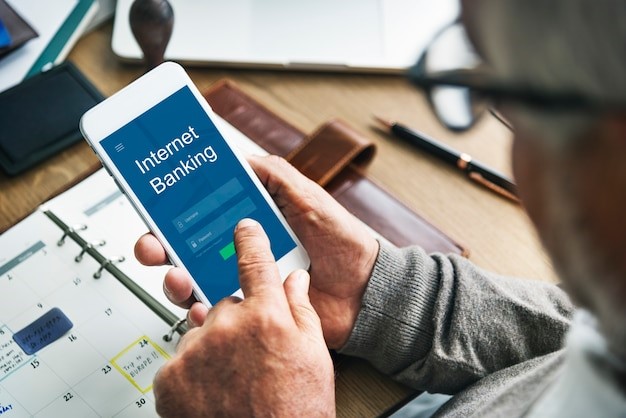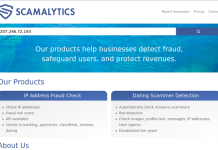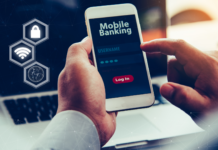
your line of credit, or pay bills. Unfortunately, data breaches are becoming commonplace, with many exposing consumer information to fraud.
Having your data compromised in a breach is no picnic. In the best-case scenario, you’ll have to check your accounts frequently for suspicious activity to make sure hackers haven’t stolen your identity. At worst, you could be fighting against fraudulent purchases and loans that may harm your credit.
Sound frustrating? It should — both the threat and reality of fraud can seriously impact your financial health. Fortunately, you can avoid becoming a victim by taking the right steps before you register or manage your online accounts.
Don’t Digital Financial Services Have a Responsibility to Protect You?
Your online safety doesn’t fall solely on your shoulders. It’s a responsibility you share with your bank or lender.
Most digital financial services invest in state-of-the-art data protection to shield your information when you share it with their website. Take the time to review their security policy to understand how they intend to protect your data.
A lender like Fora, for example, maintains industry-standard physical, electronic, and procedural measures to protect your data from unauthorized access or theft. With these safeguards in place, you can feel secure when signing in to your line of credit account at Foracredit.ca.
If you ever feel unsure about your bank or lender’s security protocol, contact them. If they can’t clarify their policies or alleviate your worries, consider switching services.
Why You Need to Boost Your Cybersecurity
Robust cybersecurity reduces the chances your lender or bank exposes your personal data in a data breach. However, you can’t rely solely on these financial services to protect you. How you access your online accounts may also expose you to theft.
Outfitting your devices with these tools can tighten security on your end, so you’re protected on all sides.
1. Anti-Virus Program
An anti-virus program works hard to keep viruses and other malware from infecting your device and exposing your data. Once downloaded, you can pretty much forget it. This software will silently operate in the background of your computer or phone whenever it’s on — whether you’re working on an Excel file or browsing the Internet. If you come across attachments, files, and websites that mean to do you harm, your anti-virus will flag them for you.
2. Virtual Private Network
A virtual private network, or VPN for short, is an application that encrypts all the data your device shares with the Internet. This includes your IP address, login credentials, and account information. It works in tandem with the encryption methods employed by digital financial services, adding an additional layer of security.
3. Protocol Analyzer
This next and final tool isn’t necessary for everyone, but it can be helpful for people who rely on shared Internet.
Suppose you’re a student using your dorm’s Internet or a remote freelancer using connecting to the Wi-Fi at your coworking space. These mass (and often unprotected) networks are susceptible to sniffer attacks, a type of data theft that intercepts network activity to steal information. A protocol analyzer monitors the data traffic of your network to identify possible sniffer attacks and reduce your risk.
Invest in Your Cybersecurity
Your cybersecurity is a joint responsibility shared between you and your digital financial service. Download these three tools to hold up your end of it.










